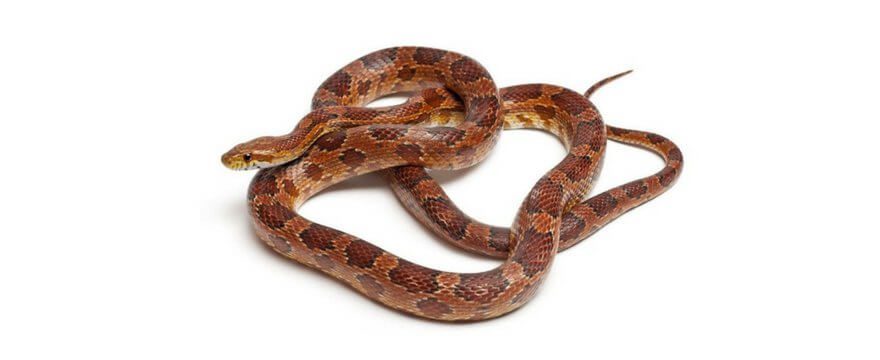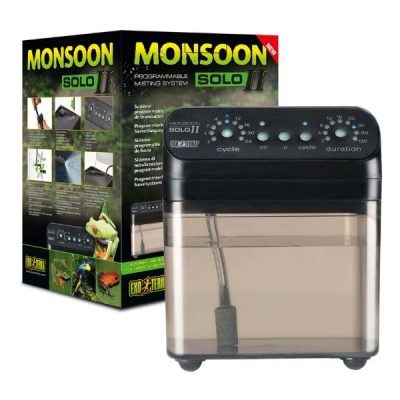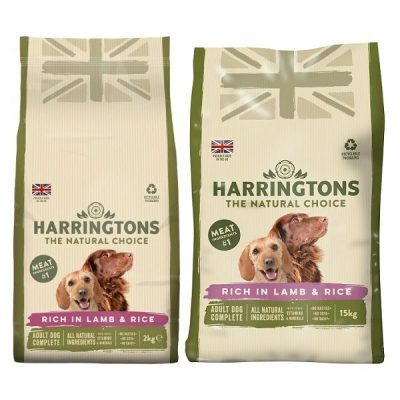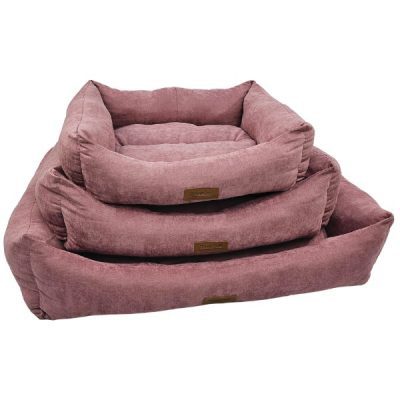Corn snakes seldom bite but do need time and patience to become accustomed to gentle handling. The snake should be held loosely and supported in the middle and rear of the body, the handler’s movements being slow and deliberate.
It is important to remember to always wash your hands before and after handling. Never attempt to handle a snake until it has settled down and is feeding regularly.
Reptiles can carry a form of Salmonella, which can be transferred to humans. Good hygiene and washing your hands after handling your snake should be sufficient to prevent any risk of infection.
Shopping List
Vivarium
Water bowl
Heat mat/heat bulb
Substrate
Thermostat
Hide(s)
Thermometer(s)
Branches
Pet safe disinfectant
Frozen mice/baby rat
A good book that covers Corn Snakes
Food & Water
Corn snakes are carnivores and feed principally on mice or rats, which they consume whole. The food offered should be no larger than a maximum of one and a half times the diameter of the snake’s mid-body. Young snakes can be fed twice per week and adults fed every 7-14 days. Adults in breeding mode may fast for many weeks.
Frozen feed needs to be carefully thawed and warmed to blood temperature before offering to avoid stomach upsets and vomiting. Leaving food to defrost overnight before feeding is usually best. Regurgitation can also be caused by too low environmental temperature and some diseases.
General care –
Your snake’s eyes will become cloudy from time to time, which indicates that it is about to shed its old skin – higher humidity in the housing is useful at this time to assist the shed. Make sure you check that both eye covers are shed successfully, as sometimes the protective scale that covers the eye does not shed correctly.
Respiratory problems can occur and are indicated by mouth gaping and/or bubbly mucus from the mouth or nostrils. Mouth gaping or inability to close neatly, due to swelling, can be indicative of mouth infections.
Check your snake regularly for mites, which are tiny external parasites that live off your pet’s blood. Many pet shops sell remedies for mites, however, more serious infestations may need veterinary prescribed treatments.
If you are at all worried about the health of your snake you should consult a vet as soon as possible. It is recommended to seek a vet that has experience with reptiles.
Your pet should also be insured against unexpected veterinary costs.
Choosing your snake –
Good health is indicated by the snake being alert and inquisitive, usually through extensive tongue flicking in new situations. Your snake should also feel ‘strong’, and not flaccid in your hands. Good condition is indicated by a body cross-section that is more rounded than angular.
The vent area should be clean and free of any encrustation, indicative of diarrhoea. The body should be symmetrical, clean, and free of swelling, unless recently fed.
Temperature –
All reptiles are cold-blooded and need an external heat source to maintain their body temperature. One end of the vivarium should be heated to create a thermal gradient, allowing the snake to choose its preferred temperature. The ideal thermal gradient is 24-25o C at the cool end and 30-32o C at the hot end. Night temperature can be dropped by several degrees at both ends, which will benefit your pet as this reflects his natural environment.
Background heat can be provided by using heat mats and more intense heat by spotlights or heat lamps. Your pet shop can advise on heating products that are suitable.
Thermometers should be placed at each end to monitor the temperature range and the maximum temperature of the heat gradient can be controlled by a thermostat. You should fit wire mesh guards over exposed heat sources to prevent thermal burns.
Housing
A well ventilated, adequately heated, escape-proof vivarium is the best housing for your corn snake. Many snakes are frequently inactive and will voluntarily live comfortably for days, or even weeks, in a space just sufficient to accommodate their coiled bodies – although long-term this will not be enough for your snake. The accommodation should be of such a size to allow freedom of movement and be at least two-thirds the length of the snake, preferably larger if you have space. There must be no gaps between glass sliding doors sufficient to allow a hatchling to squeeze through.
Thanks for reading
We hope you have enjoyed reading this caring guide and we hope it has helped you out. In addition to reading this caring sheet, you want to read more just follow this link.
Furthermore, if you have any additional questions please call us on 01902 494860 or drop us an inbox on Facebook.









